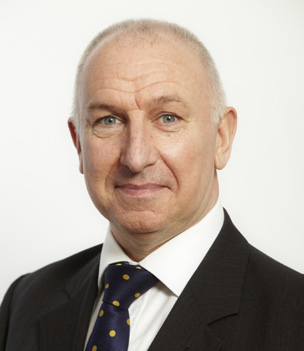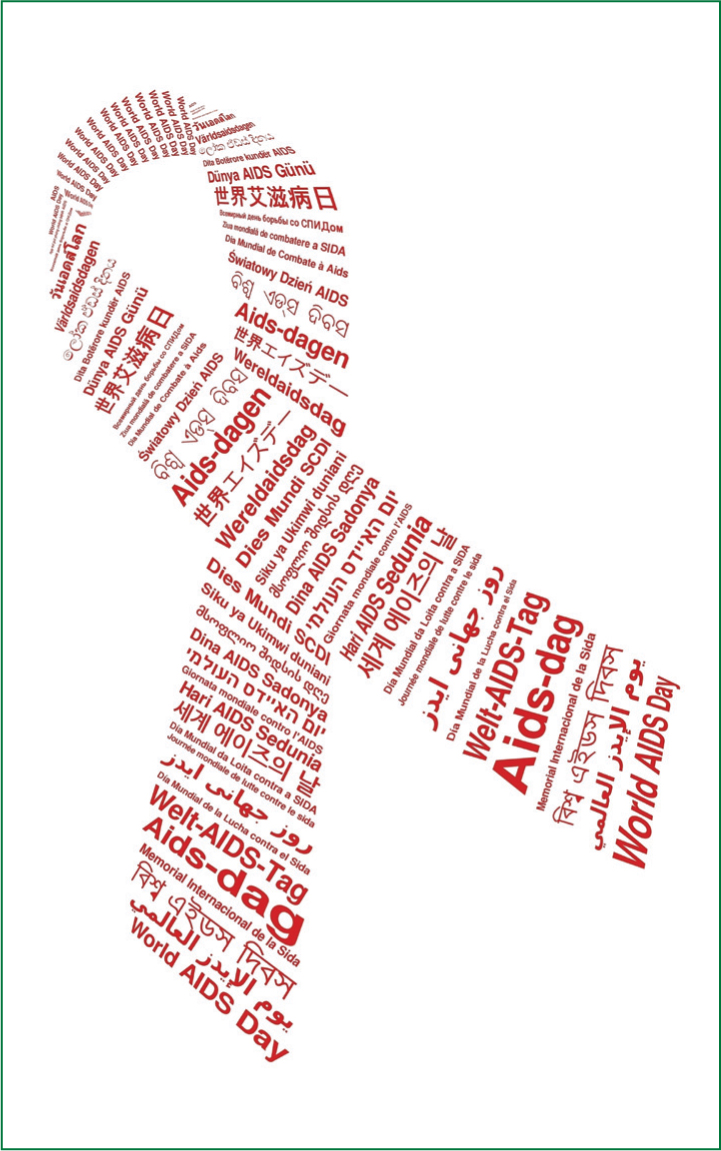
World AIDS Day is held on 1 December every year, and observed around the world with the intention of raising awareness of the global impact of HIV/AIDS. World AIDS Day unites people worldwide in the fight against HIV, demonstrating their support for those who are living with HIV as well as remembering people who have died and applauding the progress that has been made in responding to the epidemic and pledging to end it. World AIDS Day was the first ever global health day. The first one was held in 1988 and its theme was communication.
Getting to zero
Every year various themes are chosen, the theme for the 2011 to 2015 period is Getting to Zero: Zero New HIV Infections, Zero Discrimination and Zero AIDS-related deaths.
The number of people living with diagnosed HIV in the UK continues to rise. This is a result of longer life expectancy due to effective antiretroviral therapy, ongoing HIV transmission and continued numbers of new diagnoses. Along with this is the age of those accessing care for HIV; this continues to increase, with approximately one in six now aged over 55 years (Public Health England, 2015).
There are approximately 85 489 people who are currently living with HIV in the UK, with a total of 6 151 people newly diagnosed with HIV during 2014 (Public Health England, 2015). The risk of infection is higher in particular groups of the population—for example, men who have sex with men and black African communities. Targeted and innovative local initiatives can reduce the risk of infection and transmission of HIV.
Worldwide it is estimated that there are 35 million people living with HIV (UNAIDS, 2014). HIV is one of the most destructive pandemics in history. Globally there are fewer people dying of AIDS-related illnesses—in 2013 there were around 1.5 million AIDS-related deaths. AIDS-related deaths have fallen by 35% since 2005, when the highest number of deaths was recorded. AIDS-related deaths in the last 3 years have fallen by 19%, representing the largest decline in the past 10 years (UNAIDS, 2014).
Although the data represents a decline from previous years, they also reflect a true reality: far too many people are still becoming HIV-infected and will die from the effects of the disease. World AIDS Day provides organisations nationally and internationally to reaffirm their commitment to finding improved HIV treatments and tools for preventing infection (this includes a vaccine), addressing the conditions and diseases associated with long-term HIV infection and ultimately in discovering a cure.
‘Through a shared global responsibility along with focused, science-based investments, millions more lives can be saved and we can achieve an AIDS-free generation’

Scientific advances
There have been many scientific advances made in HIV care provision and treatment. In the 27 years that have passed since the first World AIDS Day was commemorated, there has been outstanding scientific progress made in the relentless fight against HIV/AIDS. This progress has turned an HIV diagnosis from what was an almost certain death sentence to what is now, for many people, a manageable medical condition, with a nearly normal lifespan. While progress has been momentous and has come far, we have not yet come far enough.
Since HIV was established as the cause of AIDS, partnerships with academia and the biotechnology and pharmaceutical industries have worked to develop over 30 life-saving antiretroviral drugs and drug combinations for treating people who are living with HIV infection.
Clinical trials have demonstrated how antiretroviral treatment can also effectively prevent HIV transmission by lowering the amount of virus in infected individuals, this then makes them less able to transmit the virus. Work is ongoing, with the aim of improving even further the medicines available by developing drugs that are longer acting, easier for people to use and with fewer side effects. Scientists are exploring the administration of anti-HIV antibodies as a method of treating infection, with tests being undertaken with regards to the human testing of a monoclonal antibody that could protect human cells against infection by the majority of known HIV strains.
‘Despite major advances in treatment, HIV remains a major public health concern’
Antiretroviral post-exposure prophylaxis was introduced in 2005 for those who have been exposed to HIV from rapes, accidents (including occupational exposure) or occasional unsafe sex or drug use. Taking pre-exposure prophylaxis (PrEP) can reduce HIV acquisition among those men who have sex with men, as the use of PrEP can reduce the incidence of HIV. In 2015 the first legally approved HIV self-testing kit went on sale in the UK.
Global health—working together
The focus is on interventions that work and to partner with a broad range of stakeholders to achieve control of the epidemic and move ever closer to an AIDS free generation. Milestone scientific advances and their successful implementation have brought the world to a point where we can dramatically drive down the rate of new HIV infections, and infections in babies and children have been virtually eliminated. Through a shared global responsibility along with focused, science-based investments, millions more lives can be saved and we can achieve an AIDS-free generation. Providing support globally to other countries in building capacity for leading and sustaining their own national HIV/AIDS programmes is also required if we are to achieve an AIDS-free generation. Working together this can become a reality.
Stigma, prejudice and discrimination
There are laws to protect people who are living with HIV. The Equality Act protects those with HIV against discrimination in relation to employment, housing and education. Regardless of this there are those living with HIV who experience and report cases of discrimination from a number of sectors, including health care (Stonewall, 2015). Stigma and discrimination remain a reality for many people living with HIV.
In a contemporary healthcare system there must be no place for discrimination, particularly when this is due to lack of knowledge. Discrimination due to lack of knowledge could be seen as tantamount to professional misconduct (Health and Care Professions Council, 2012).
Despite major advances in treatment, HIV remains a major public health concern. There is no cure for HIV. We all have a role to play with regards to HIV prevention from a personal and professional perspective, it has not gone away and there is still a real need to increase awareness, fight prejudice and improve education.

